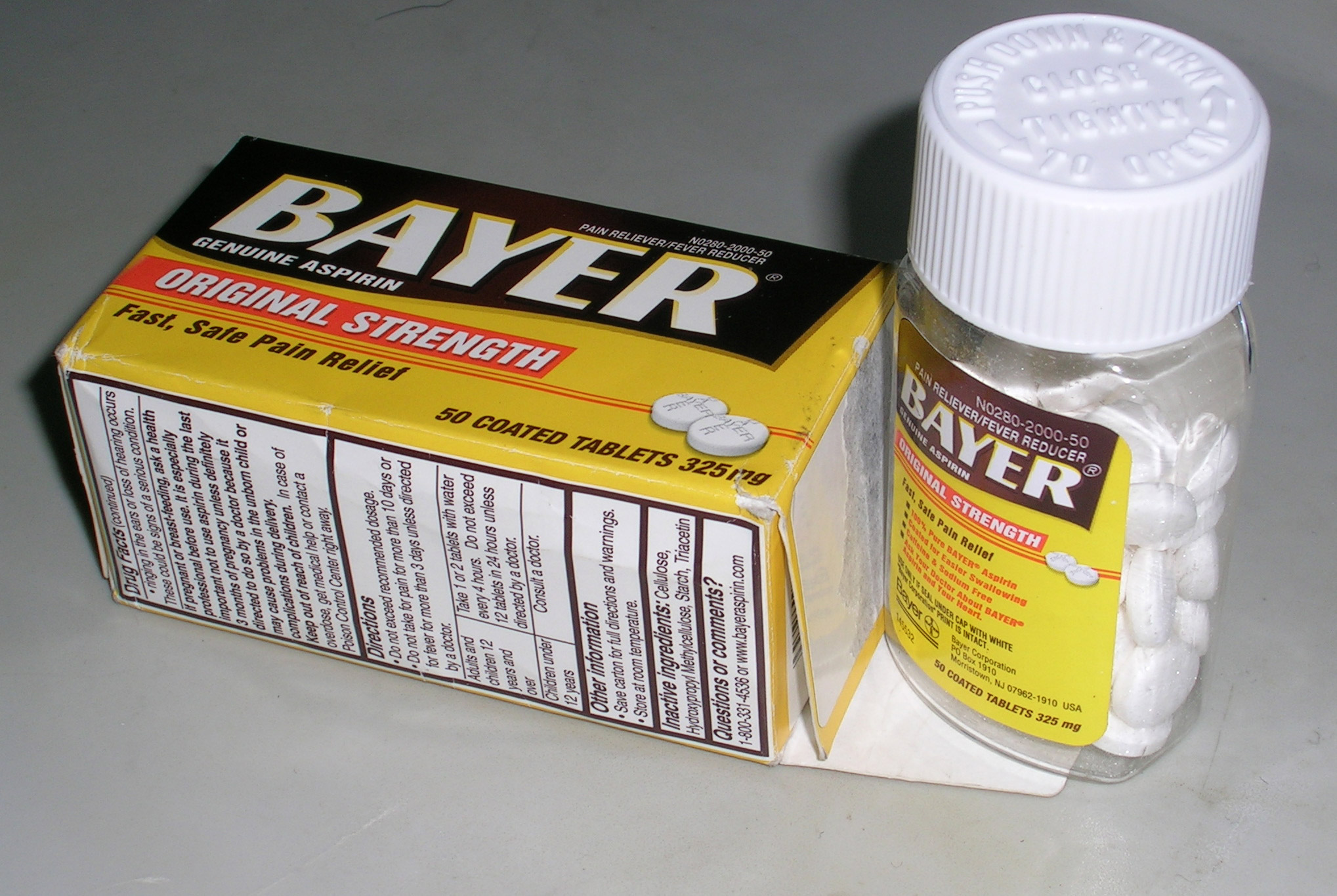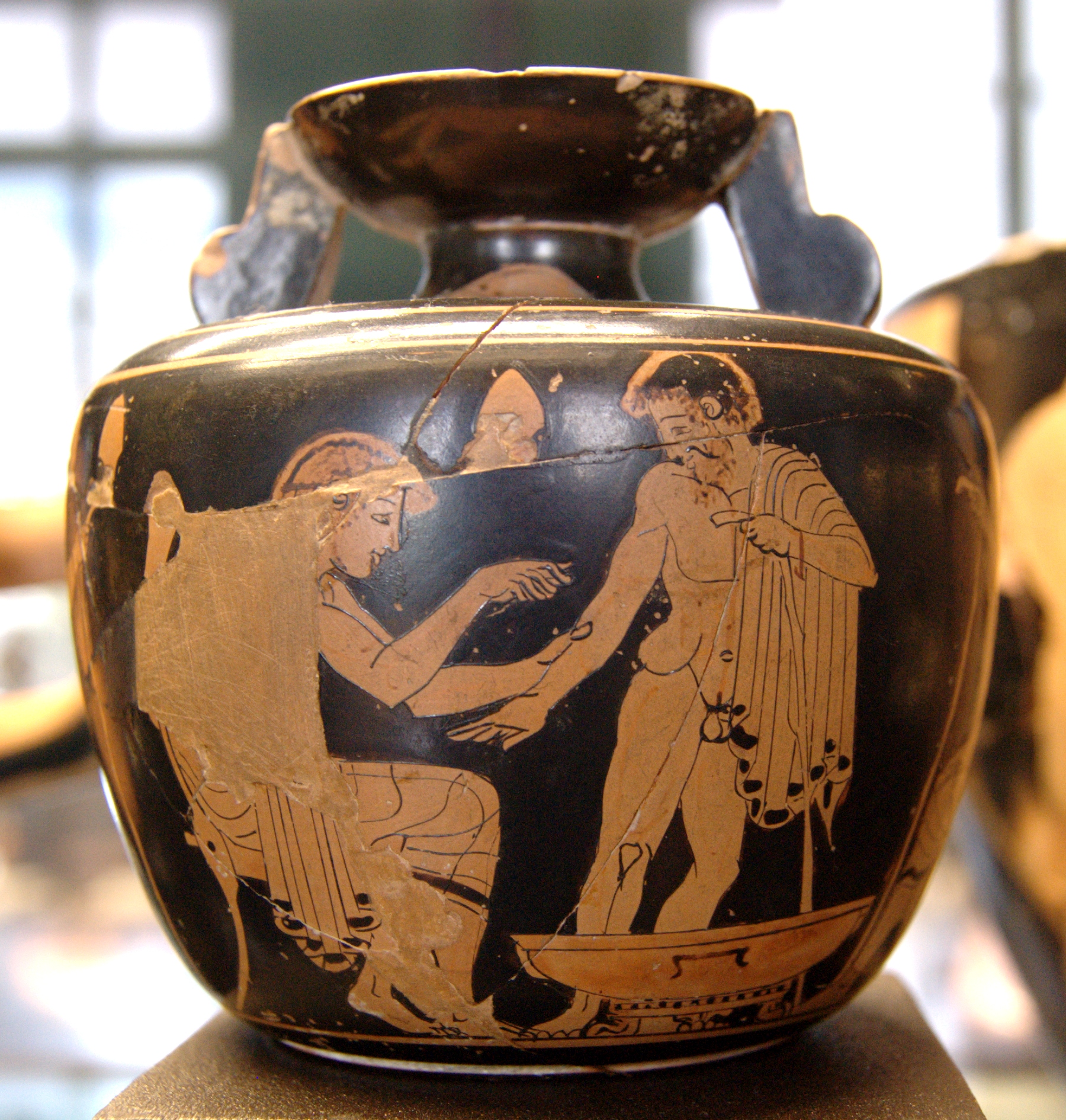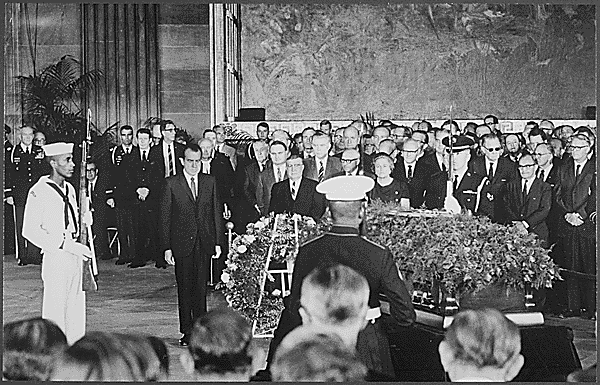|
Poison Prevention Packaging Act
The Poison Prevention Packaging Act of 1970 (PPPA);Pub. L. 91-601 84 Stat. 1670-74) was signed into law by U.S. President Richard Nixon on December 30, 1970. It was enacted by the 91st United States Congress. This law required the use of child-resistant packaging for prescription drugs, over-the-counter (OTC) drugs, household chemicals, and other hazardous materials that could be considered dangerous for children. Background Before the PPPA was enacted, unintentional poisonings by both medicines and common household products were considered by most pediatricians to be the leading cause of injury to children aged 5 and under. At that time there were about 500 deaths per year being reported for children aged 5 and under due to accessibility of these chemicals. The purpose of the PPPA was to protect children from ingesting harmful chemicals and prescription medications by accident. After the PPPA was implemented, deaths in children aged 5 and under went down by 1.4 per million. Th ... [...More Info...] [...Related Items...] OR: [Wikipedia] [Google] [Baidu] |
Commerce And Trade
Commerce is the organized system of activities, functions, procedures and institutions that directly or indirectly contribute to the smooth, unhindered large-scale exchange (distribution through transactional processes) of goods, services, and other things of value at the right time, place, quantity, quality and price through various channels among the original producers and the final consumers within local, regional, national or international economies. The diversity in the distribution of natural resources, differences of human needs and wants, and division of labour along with comparative advantage are the principal factors that give rise to commercial exchanges. Commerce consists of trade and aids to trade (i.e. auxiliary commercial services) taking place along the entire supply chain. Trade is the exchange of goods (including raw materials, intermediate and finished goods) and services between buyers and sellers in return for an agreed-upon price at traditional (or onl ... [...More Info...] [...Related Items...] OR: [Wikipedia] [Google] [Baidu] |
Child-resistant Packaging
Child-resistant packaging or CR packaging is special packaging used to reduce the risk of children ingesting hazardous materials. This is often accomplished by the use of a special safety cap. It is required by regulation for prescription drugs, over-the-counter medications, Nicotine Containing Electronic Cigarette devices or Refill containers that can contain Nicotine EUTPD 36.7 pesticides, and household chemicals. In some jurisdictions, ''unit packaging'' such as blister packs is also regulated for child safety. The U.S. Consumer Product Safety Commission has stated in a press release that "There is no such thing as child-proof packaging. So you shouldn't think of packaging as your primary line of defense. Rather, you should think of packaging, even child-resistant packaging, as your last line of defense." Background The child-resistant locking closure for containers was invented in 1967 by Dr. Henri Breault. A history of accidents involving children opening household pa ... [...More Info...] [...Related Items...] OR: [Wikipedia] [Google] [Baidu] |
Patient Safety
Patient safety is a specialized field about enhancing healthcare quality through the systematic prevention, reduction, reporting, and analysis of medical errors and preventable harm that contribute to severe outcomes for the patient. While healthcare risks have always existed, patient safety only gained formal recognition in the 1990s after multiple nations reported alarming rates of medical error-related injuries. The urgency of the issue was underscored when the World Health Organization (WHO) identified that 1 in 10 patients globally experience harm due to healthcare errors, declaring patient safety an "Endemic (epidemiology), endemic concern" in modern medicine. Today, patient safety stands as a distinct Health care, healthcare discipline, supported by a growing—though still evolving—scientific framework. A robust Transdisciplinarity, transdisciplinary body of theoretical and empirical research underpins this field, with emerging technologies like MHealth, mobile health ap ... [...More Info...] [...Related Items...] OR: [Wikipedia] [Google] [Baidu] |
Drug Safety
Pharmacovigilance (PV, or PhV), also known as drug safety, is the pharmaceutical science relating to the "collection, detection, assessment, monitoring, and prevention" of adverse effects with pharmaceutical products. The etymological roots for the word "pharmacovigilance" are: (Greek for drug) and (Latin for to keep watch). As such, pharmacovigilance heavily focuses on adverse drug reactions (ADR), which are defined as any response to a drug which is noxious and unintended. That definition includes lack of efficacy: that means that the doses normally used for prevention, diagnosis, or treatment of a disease—or, especially in the case of device, for the modification of physiological disorder function. In 2010, the European Union expanded PV to include medication errors such as overdose, misuse, and abuse of a drug as well as drug exposure during pregnancy and breastfeeding. These are monitored even in the absence of an adverse event, because they may result in an adver ... [...More Info...] [...Related Items...] OR: [Wikipedia] [Google] [Baidu] |
Comprehensive Drug Abuse Prevention And Control Act Of 1970
The Comprehensive Drug Abuse Prevention and Control Act of 1970, , is a United States federal law that, with subsequent modifications, requires the pharmaceutical industry to maintain physical security and strict record keeping for certain types of drugs. Controlled substances are divided into five schedules (or classes) on the basis of their potential for abuse, accepted medical use, and accepted safety under medical supervision. Substances in Schedule I have a high potential for abuse, no accredited medical use, and a lack of accepted safety. From Schedules II to V, substances decrease in potential for abuse. The schedule a substance is placed in determines how it must be controlled. Prescriptions for drugs in all schedules must bear the physician's federal Drug Enforcement Administration (DEA) license number, but some drugs in Schedule V do not require a prescription. State schedules may vary from federal schedules. The Controlled Substances Act (CSA), Title II of the Compre ... [...More Info...] [...Related Items...] OR: [Wikipedia] [Google] [Baidu] |
Hazardous Substances Labeling Act
A hazard is a potential source of harm. Substances, events, or circumstances can constitute hazards when their nature would potentially allow them to cause damage to health, life, property, or any other interest of value. The probability of that harm being realized in a specific ''incident'', combined with the magnitude of potential harm, make up its risk. This term is often used synonymously in colloquial speech. Hazards can be classified in several ways which are not mutually exclusive. They can be classified by ''causing actor'' (for example, natural or anthropogenic), by ''physical nature'' (e.g. biological or chemical) or by ''type of damage'' (e.g., health hazard or environmental hazard). Examples of natural disasters with highly harmful impacts on a society are floods, droughts, earthquakes, tropical cyclones, lightning strikes, volcanic activity and wildfires. Technological and anthropogenic hazards include, for example, structural collapses, transport accidents, accident ... [...More Info...] [...Related Items...] OR: [Wikipedia] [Google] [Baidu] |
American Medical Association
The American Medical Association (AMA) is an American professional association and lobbying group of physicians and medical students. This medical association was founded in 1847 and is headquartered in Chicago, Illinois. Membership was 271,660 in 2022. The AMA's stated mission is "to promote the art and science of medicine and the betterment of public health." The organization was founded with the goal to raise the standards of medicine in the 19th century primarily through gaining control of education and licensing. In the 20th century, the AMA has frequently lobbied to restrict the supply of physicians, contributing to a doctor shortage in the United States. The organization has also lobbied against allowing physician assistants and other health care providers to perform basic forms of health care. The organization has historically lobbied against various forms of government-run health insurance. The Association also publishes the '' Journal of the American Medical Assoc ... [...More Info...] [...Related Items...] OR: [Wikipedia] [Google] [Baidu] |
Food And Drug Administration
The United States Food and Drug Administration (FDA or US FDA) is a List of United States federal agencies, federal agency of the United States Department of Health and Human Services, Department of Health and Human Services. The FDA is responsible for protecting and promoting public health through the control and supervision of food safety, tobacco products, caffeine products, dietary supplements, Prescription drug, prescription and Over-the-counter drug, over-the-counter pharmaceutical drugs (medications), vaccines, biopharmaceuticals, blood transfusions, medical devices, electromagnetic radiation emitting devices (ERED), cosmetics, Animal feed, animal foods & feed and Veterinary medicine, veterinary products. The FDA's primary focus is enforcement of the Federal Food, Drug, and Cosmetic Act (FD&C). However, the agency also enforces other laws, notably Section 361 of the Public Health Service Act as well as associated regulations. Much of this regulatory-enforcement work is ... [...More Info...] [...Related Items...] OR: [Wikipedia] [Google] [Baidu] |
91st United States Congress
The 91st United States Congress was a meeting of the legislative branch of the United States federal government, composed of the United States Senate and the United States House of Representatives. It met in Washington, D.C., from January 3, 1969, to January 3, 1971, during the final weeks of the Presidency of Lyndon B. Johnson, presidency of Lyndon B. Johnson, Lyndon Johnson and the first two years of the first Presidency of Richard Nixon, presidency of Richard Nixon. The apportionment of seats in this United States House of Representatives, House of Representatives was based on the 1960 United States census. Both chambers had a Democratic Party (United States), Democratic majority - albeit with losing their supermajority status in the Senate. With Richard Nixon being sworn in as U.S. President, president on January 20, 1969, this ended the Democrats' overall federal government government trifecta#United States, trifecta that they had held since the 87th United States Congres ... [...More Info...] [...Related Items...] OR: [Wikipedia] [Google] [Baidu] |
Food And Drugs
Food is any substance consumed by an organism for nutritional support. Food is usually of plant, animal, or fungal origin and contains essential nutrients such as carbohydrates, fats, proteins, vitamins, or minerals. The substance is ingested by an organism and assimilated by the organism's cells to provide energy, maintain life, or stimulate growth. Different species of animals have different feeding behaviours that satisfy the needs of their metabolisms and have evolved to fill a specific ecological niche within specific geographical contexts. Omnivorous humans are highly adaptable and have adapted to obtaining food in many different ecosystems. Humans generally use cooking to prepare food for consumption. The majority of the food energy required is supplied by the industrial food industry, which produces food through intensive agriculture and distributes it through complex food processing and food distribution systems. This system of conventional agriculture relies heavil ... [...More Info...] [...Related Items...] OR: [Wikipedia] [Google] [Baidu] |
Richard Nixon
Richard Milhous Nixon (January 9, 1913April 22, 1994) was the 37th president of the United States, serving from 1969 until Resignation of Richard Nixon, his resignation in 1974. A member of the Republican Party (United States), Republican Party, he previously served as the 36th Vice President of the United States, vice president under President Dwight D. Eisenhower from 1953 to 1961, and also as a United States House of Representatives, representative and United States Senate, senator from California. Presidency of Richard Nixon, His presidency saw the reduction of U.S. involvement in the Vietnam War, ''détente'' with the Soviet Union and China, the Apollo 11 Moon landing, and the establishment of the United States Environmental Protection Agency, Environmental Protection Agency and Occupational Safety and Health Administration. Nixon's second term ended early when he became the only U.S. president to resign from office, as a result of the Watergate scandal. Nixon was born ... [...More Info...] [...Related Items...] OR: [Wikipedia] [Google] [Baidu] |
United States Statutes At Large
The ''United States Statutes at Large'', commonly referred to as the ''Statutes at Large'' and abbreviated Stat., are an official record of Acts of Congress and concurrent resolutions passed by the United States Congress. Each act and resolution of Congress is originally published as a slip law, which is classified as either public law (abbreviated Pub.L.) or private law (Pvt.L.), and designated and numbered accordingly. At the end of a congressional session, the statutes enacted during that session are compiled into bound books, known as "session law" publications. The ''United States Statutes at Large'' is the name of the session law publication for U.S. Federal statutes. The public laws and private laws are numbered and organized in chronological order. U.S. Federal statutes are published in a three-part process, consisting of slip laws, session laws (''Statutes at Large''), and codification (''United States Code''). Codification Large portions of public laws are enac ... [...More Info...] [...Related Items...] OR: [Wikipedia] [Google] [Baidu] |






